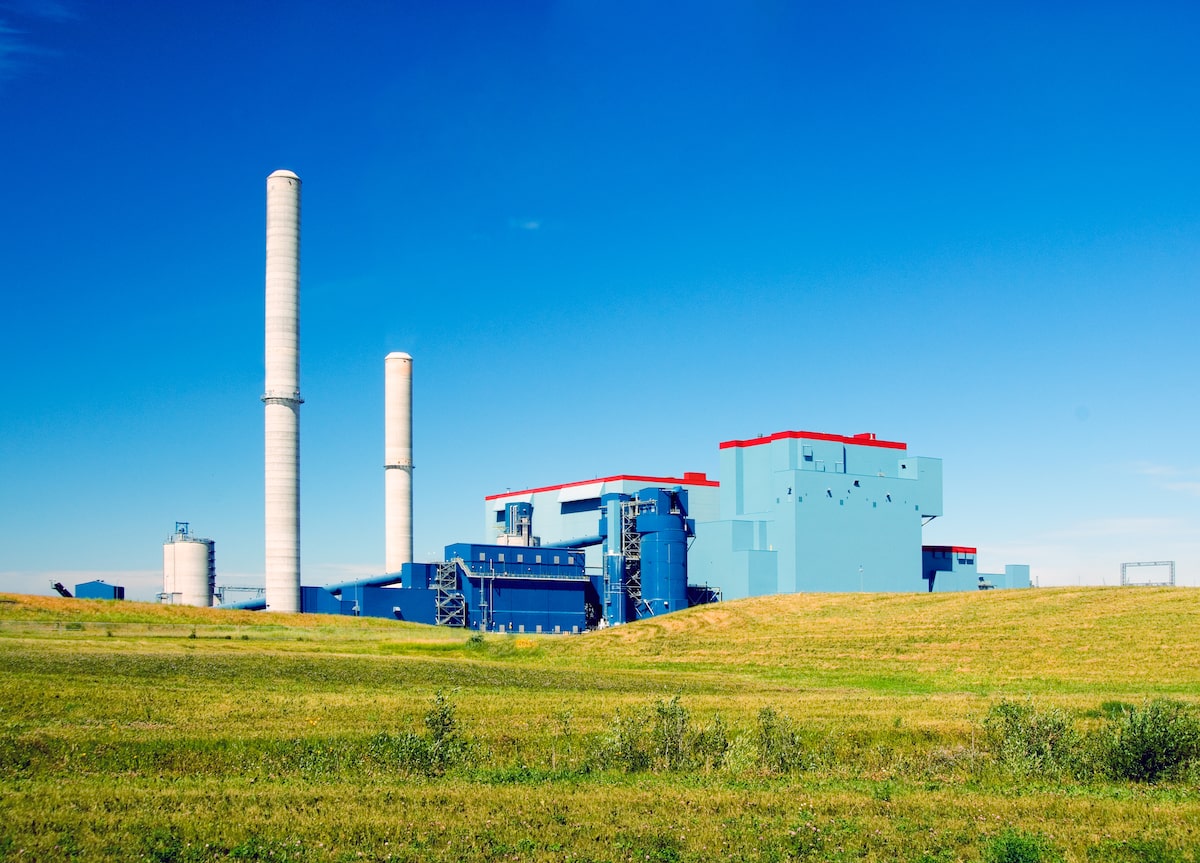- cross-posted to:
- [email protected]
- cross-posted to:
- [email protected]
Archive: [ https://archive.is/sEZIL ]
Coal accounted for 80 per cent of Alberta’s electricity grid in the early 2000s and it still amounted to 60 per cent just 10 years ago. When phasing out coal was just an idea being batted around, many said it couldn’t be done. This is not dissimilar to the rhetoric today around decarbonizing the grid. But Alberta’s experience phasing out coal shows environmental progress of this magnitude is possible.



This is the best summary I could come up with:
The Pembina Institute, an Alberta-based clean-energy think tank, first intervened in a coal plant regulatory process in the late 1990s and, in 2009, published the first major proposal that showed the province could move to an unabated coal-free grid by 2030.
When the New Democratic Party came to power after the 2015 provincial election, they got to work delivering on a plan to accelerate the elimination of coal.
Federal and provincial programs to support workers during this transition were made available, while community economic diversification and growth in jobs in other sectors have helped to offset some of this change.
Phasing out coal in Alberta was supported by good policy design driven by carbon pricing and regulations with clear targets that offered necessary certainty to the industry and stakeholders.
Neither Albertans nor our climate can afford to be locked in to burning greenhouse gas-emitting natural gas when we have better, lower-cost alternatives.
Canada is also behind on building interties between jurisdictions – an approach that supports resilient systems and allows us to benefit from our complementary strengths across the country in hydro and other renewables.
The original article contains 806 words, the summary contains 185 words. Saved 77%. I’m a bot and I’m open source!